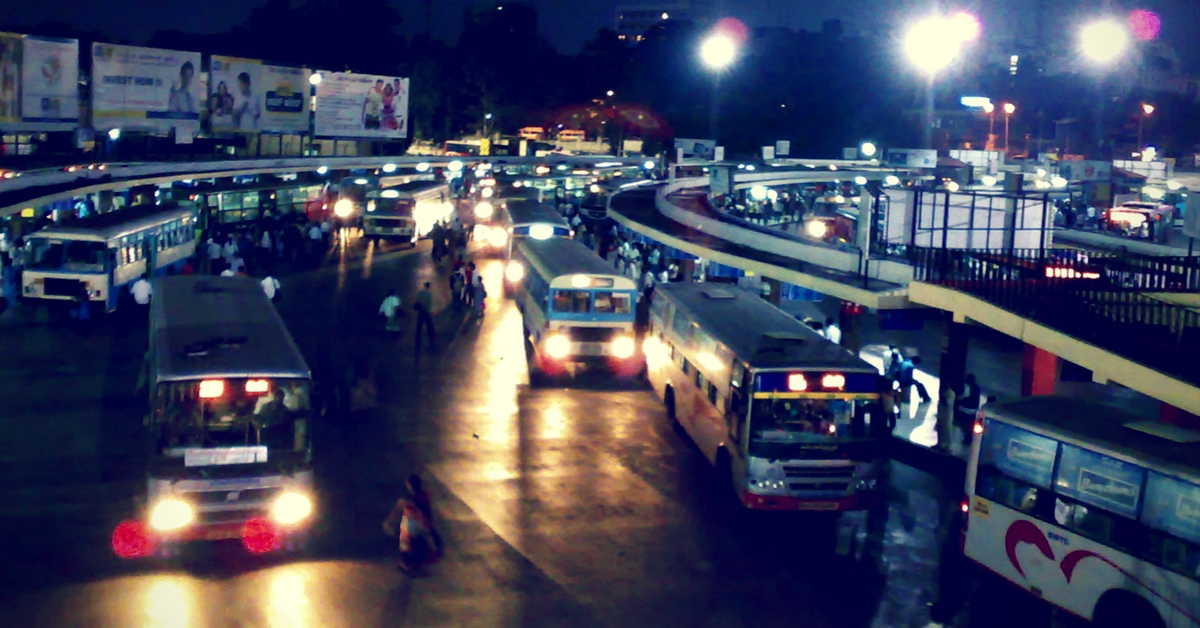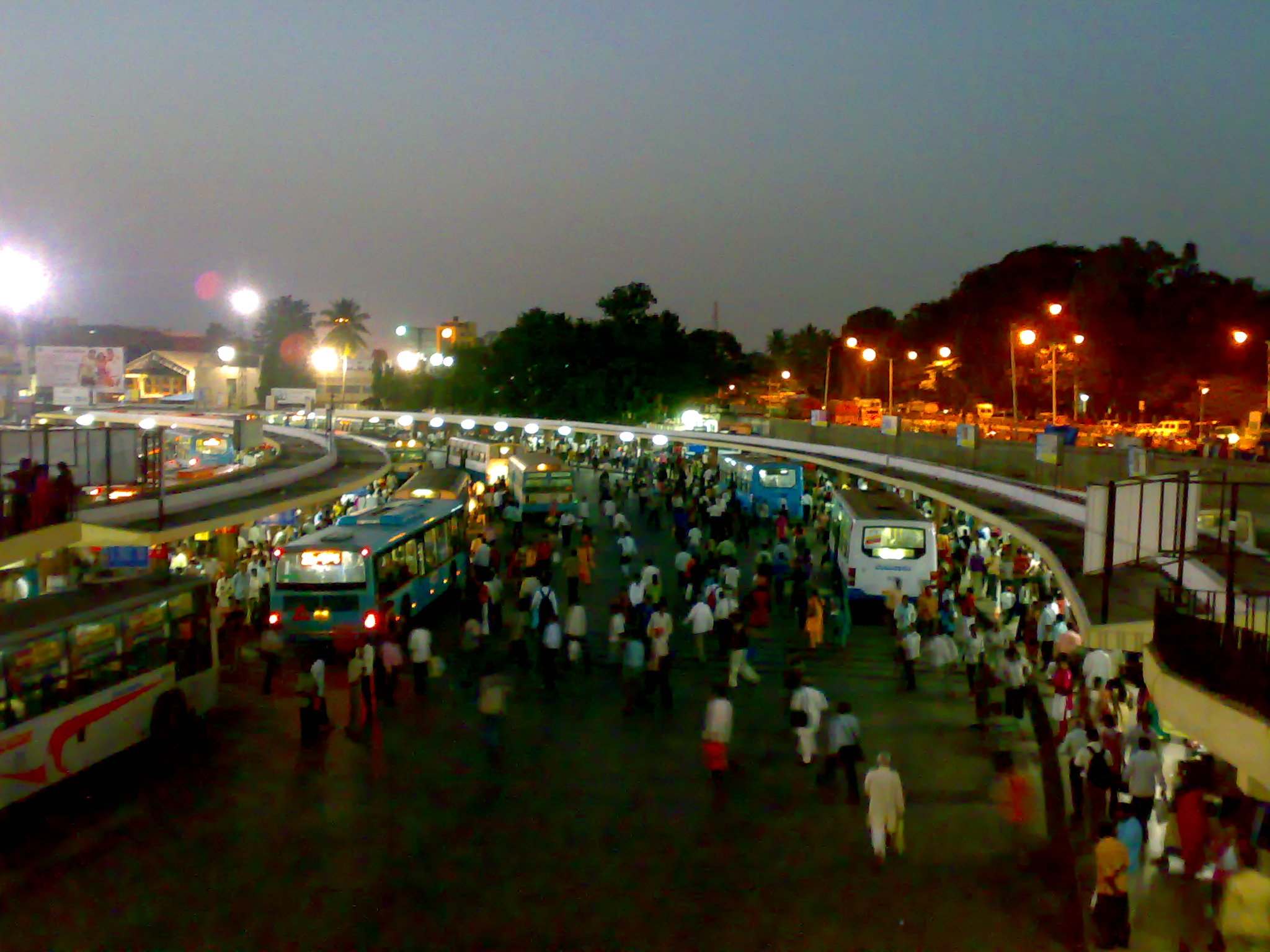A Love Letter to Majestic, the Anchor That Kept All Bengalureans From Getting Lost
Lack of measures to rejuvenate and refill the lake, reduced the area into a wetland and later into a large ground, which later became the Kempegowda Bus Stand

If there was one useful piece of advice that I received growing up as a 90s kid in Namma Bengaluru, it was this: if you get lost in the city, always catch a bus to Majestic; it will lead you home. It was common knowledge that whichever corner you were in the city, there was always a direct bus to our beloved Majestic, the central bus stand of Bengaluru.
Prior to the convenience of Metro and Mobile Maps, Majestic was the anchor that wouldn’t let you float away amid a sea of people.

Today the bus stand might be known by the name of Bengaluru’s architect Kempegowda, but all Bengalureans only call it ‘Majestic’. You can hear the name, in bus stops and signals, uttered on the lips of a newcomer, anxious to find their place in the city: majestic hoguttaa? They join the league of millions of people who, in the last few decades would walk the erstwhile wetland, which connected the city to the railway station.
It has largely been forgotten that the Majestic bus stand was built on a lake named Dharmambhudi. As Abhinaya Jogi notes, the lake was functional until the 1950s, when there was an increase in demand for water in nearby fields and townships. Lack of measures to rejuvenate and refill the lake reduced the area into a wetland and later into a large ground, through which people could either go to the city or the station. Initially, this connecting path was just a mud road, but later was covered with concrete.
You may also like: Why You Need to Learn About K. Seshadri Iyer, the Forgotten Creator of Modern Bengaluru
Meanwhile, the area became an important locality in the late 1960s, not only because it connected the city to the train station, but also because of its evolution as a cultural hub. As Jogi remarks, performative arts like fairs, exhibitions, theatre and circus shows would take place here. It also became the go-to place for public gatherings and other meetings. Jawaharlal Nehru had addressed a gathering on the lake bed as early as 1931. Naturally, buses started serving the area. According to Jogi, the buses would stand in the “boundary of the place.”
Once it was determined that the lake could not hold water anymore, it was converted into a full-fledged bus stand in the 60s. According to S Srinivas, KSRTC was given 1,36,294 square yards of land of the Dharmambudhi tank in 1963 to construct a bus stand. However, the semi circular bus terminal that you see today was only built in the 80s by then Chief Minister R Gundu Rao.
This helped ease the traffic congestion of the growing city, and also contributed to the economic growth of the area.

However, the bus stand was never officially called ‘Majestic’. The name stuck to this area because of a movie theatre by the name built in 1920s. It survived till the later decades of the century, only to be demolished to make way for commercial complexes that you see today. At one point in the 70s, the area had almost 14 single-screen theatres! This is the area where Bengalureans watched their first film, be it English or any other language including Bengali. Bengaluru was a cosmopolitan city even then!
The Majestic area in Bengaluru has had more than 500 years of history. Since it was close to a water body, there were many religious institutions, temples and maths. Even then, the area was about community and people coming together, be it for public shows, gatherings, cinema, and now, as a connecting hub. It isn’t surprising then that Majestic will always be an anchor that keeps on reminding the city about who we are and where we come from, no matter where we end up going.
Like this story? Or have something to share? Write to us: [email protected], or connect with us on Facebook and Twitter.
NEW: Click here to get positive news on WhatsApp!
This story made me
- 97
- 121
- 89
- 167
Tell Us More
We bring stories straight from the heart of India, to inspire millions and create a wave of impact. Our positive movement is growing bigger everyday, and we would love for you to join it.
Please contribute whatever you can, every little penny helps our team in bringing you more stories that support dreams and spread hope.


















